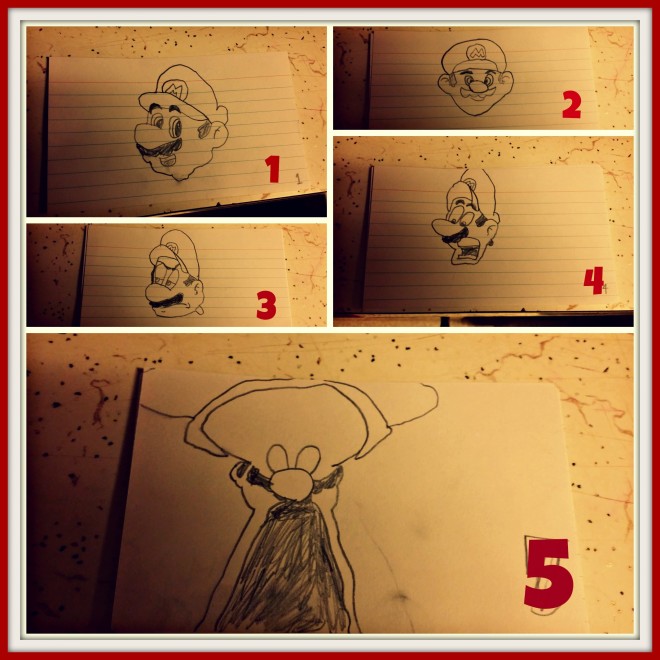 When speaking about Emotion Cards, there are two different types of uses and benefits: helping the child identify others’ unspoken emotional cues and helping identify the child’s own stages before a potential meltdown.
When speaking about Emotion Cards, there are two different types of uses and benefits: helping the child identify others’ unspoken emotional cues and helping identify the child’s own stages before a potential meltdown.
Both are extremely helpful in introducing emotional identification, understanding, and regulation. During tonight’s Web TV show, Austin and I talked about Emotional Stages index cards that my son and I created. During his first grade year I believe they were responsible for a real quantum shift toward our goal of helping him identify and self-correct some of his pre-meltdown behaviors.
The challenge
What we were finding in school was that during certain transitions throughout the day he would start exhibiting behaviors that indicated his difficulty adjusting in some capacity. Handled incorrectly or ignored, these behaviors would quickly spiral toward loss of control.
My idea was that I wanted him to start to recognize when his body or senses started feeling a little squirrelly so that he could either self-correct if able, or ask for help appropriately (e.g., a sensory break or a walk around the school with the special ed professional). By teaching him to identify the signs and stages of losing control, he could hopefully have access to the support he needed and decrease the number of incidents where his behavior did reach that point of no return.
The cards
Justin and I took five index cards and numbered them one through five. He then drew a Mario face on each one, with number one being calm and happy. These faces progressed with two and three – feeling a little uncomfortable and weird – and on to four and five, which represented needing help and finally a complete meltdown.
We then laminated them, punched holes in the upper left corners and put them on a key ring for him to carry with him. Each morning I walked into class with him, did some sensory exercises, and asked him to identify how he felt with one of the number cards. In most cases, the amount of exercises done would directly correspond to his number, and our goal was to have him at a one or two before I would leave the classroom for the day.
The result
This number system quickly became a simple means to have him check in with himself throughout the day. For numbers three and four he had a set list of appropriate suggestions to help him get back to a one or two. Even when we experienced days where a five was reached, the stage was at least identified quickly, allowing the teachers to activate an “emergency plan” we wrote into his IEP.
I honestly feel that having Justin create these cards with me and begin to use them really helped him get to know himself in a systematic and linear way that he could clearly understand. They helped him with his feelings, they helped take the guesswork out of the picture for the teachers, and they helped our family both at home and any public outings.
What have you used in your house that helps identify emotions and stages of behaviors? I’d love for you to share!







